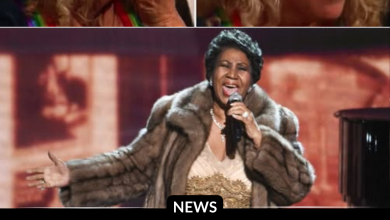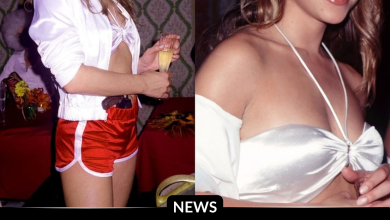‘Four Brothers’: Behind the Brotherhood, Bullets, and Bold Casting of a Modern Revenge Classic
OPINION: This article may contain commentary which reflects the author's opinion.
When Four Brothers hit theaters in 2005, it delivered a gritty, emotionally charged blend of action and family drama that resonated with audiences. But behind the scenes, the film’s success was shaped by a unique combination of improvisational energy, unorthodox casting decisions, and a deep-rooted homage to a classic Western.
At the heart of it all was Mark Wahlberg, who signed on to play Bobby Mercer before a director had even been chosen. His enthusiasm was so clear that producer Lorenzo di Bonaventura later revealed the role had been written with Wahlberg in mind. That level of commitment paid off—Wahlberg brought not only raw intensity but also authenticity to the role, thanks in part to his frequent improvisation on set.
His comfort with improvisation proved invaluable, especially for co-star Garrett Hedlund, who played the youngest Mercer brother. Hedlund, less experienced with spontaneous dialogue, found it daunting at first. Director John Singleton and Wahlberg worked closely with him, helping shape his performance and lines to fit the film’s emotionally charged tone.
While Wahlberg ultimately became synonymous with the role, the casting process explored other big names. Ethan Hawke passed due to scheduling conflicts, and both Matt Damon and Ben Affleck reportedly turned down the role because of the script’s unflinching violence. Their loss became Wahlberg’s defining moment—his portrayal of Bobby is still considered one of his grittiest performances to date.
Four Brothers was loosely inspired by the 1965 Western The Sons of Katie Elder, which starred John Wayne and Dean Martin. While set in the modern-day streets of Detroit, it retained the Western’s central revenge arc, adapting it with a sharp urban edge. The film follows four adoptive brothers who reunite to investigate and avenge the murder of their beloved mother.
Though much of the film was shot in Toronto, director John Singleton—who also made a cameo as the hockey goalie in the Thanksgiving game—ensured Detroit’s presence was felt through iconic landmarks like the Michigan Central Station. The attention to location detail grounded the story in the Motor City’s grit and heart.
The movie’s pivotal shootout at the Mercer house was one of the most intense sequences ever filmed by Singleton. Over 450 squibs were used to simulate the ferocious bullet impact, showering actors with glass and debris in real-time. The scene’s chaos and realism were both visually stunning and emotionally jarring.
Off-camera, the bond among the film’s leads—Wahlberg, Tyrese Gibson, André Benjamin, and Garrett Hedlund—was just as strong. Their camaraderie brought a genuine sense of brotherhood to the screen, enhancing the film’s emotional stakes and giving weight to its themes of loyalty, grief, and justice.
Adding further depth was the film’s standout soundtrack, which blended soul classics like The Temptations’ “I Wish It Would Rain” with modern tracks like Kanye West’s “Jesus Walks.” This musical fusion mirrored the film’s own blend of traditional and contemporary storytelling, elevating its emotional resonance.
In 2010, discussions emerged about a sequel, Five Brothers, with Wahlberg expected to return. However, the project has yet to come to fruition, leaving fans to wonder what could have been.
Today, Four Brothers stands as a raw, character-driven action film with a heart—and a bulletproof legacy forged through improvisation, loyalty, and unshakable brotherhood.



